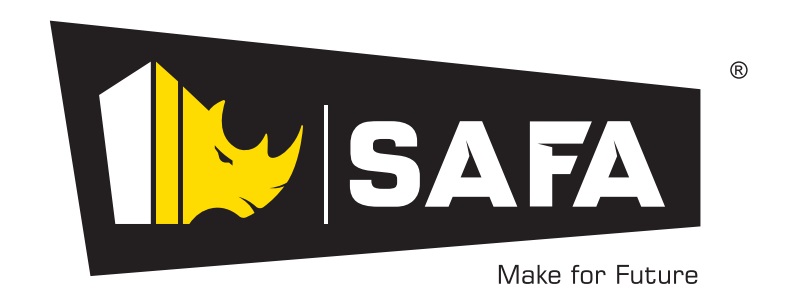Is it mandatory to use aluminum clamps for connecting panels to ground-mounted structures?

Is It Mandatory to Use Aluminum Clamps for Mounting Solar Panels on Ground Structures?
And do clamps cause panel discoloration or damage?!
Using aluminum clamps to attach solar panels to ground-mounted structures is not strictly mandatory, but it is highly recommended and widely practiced. In many projects, it is considered a technical and safety requirement.
In this article, we’ll also briefly explore the potential causes of panel discoloration.
📏 Why Use Aluminum Clamps?
✅ High Mechanical Strength
Clamps hold panels firmly in place, preventing movement or vibrations caused by wind or seismic activity.
✅ Quick and Easy Installation
They allow mounting without the need to drill into the frame or structure, streamlining installation.
✅ Panel Protection
Properly designed clamps distribute pressure evenly across the panel frame, preventing stress concentration, which can damage cells or cause discoloration at contact points.
❌ Do Clamps Cause Panel Discoloration?
Some users have raised concerns about panel discoloration due to clamps. Let’s clarify the likely causes of this issue:
⭕ Common Causes of Panel Discoloration or Damage:
❗ Use of improperly sized clamps (too small or too large)
❗ Excessive pressure on the frame – or worse, clamps mistakenly installed on the panel glass
❗ Clamping outside the manufacturer-recommended mounting zones
❗ Lack of proper washers or using dissimilar metals that can cause galvanic corrosion
✅ How to Prevent These Issues:
🟢 Ensure no direct contact between clamps and the glass or cells – they must be mounted only on the panel frame.
🟢 Use standard anodized aluminum clamps with appropriate surface treatments to prevent corrosion.
🟢 Refer to the panel manufacturer's datasheet, which typically specifies the correct mounting zones.
🟢 Apply the correct torque when tightening clamp bolts – usually between 8–12 Nm.
Conclusion:
In industrial and professional solar projects, the use of clamps is considered part of a safe and standardized structural design.
In smaller or custom applications, alternatives such as direct screwing or custom brackets may be used, but only with proper engineering approval – and generally not recommended.
If clamps are selected and installed correctly based on the above guidelines, issues such as discoloration or damage are highly unlikely.
